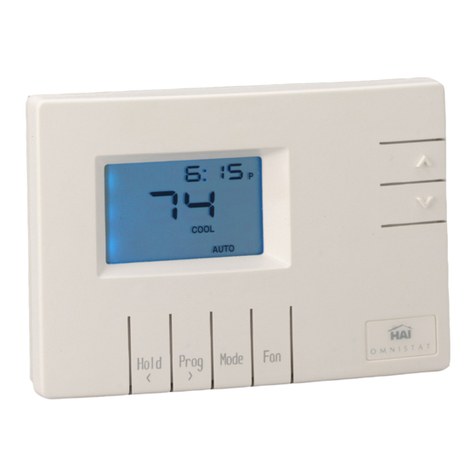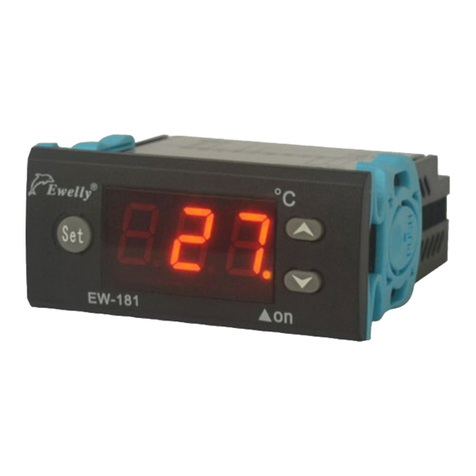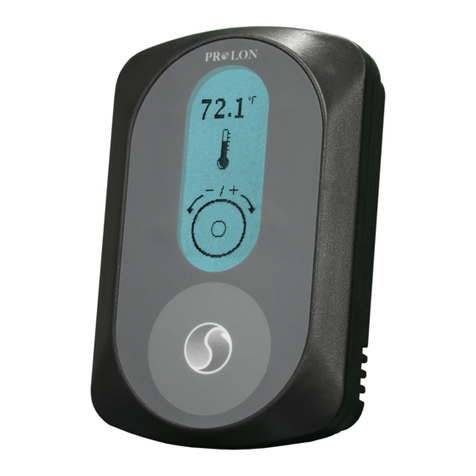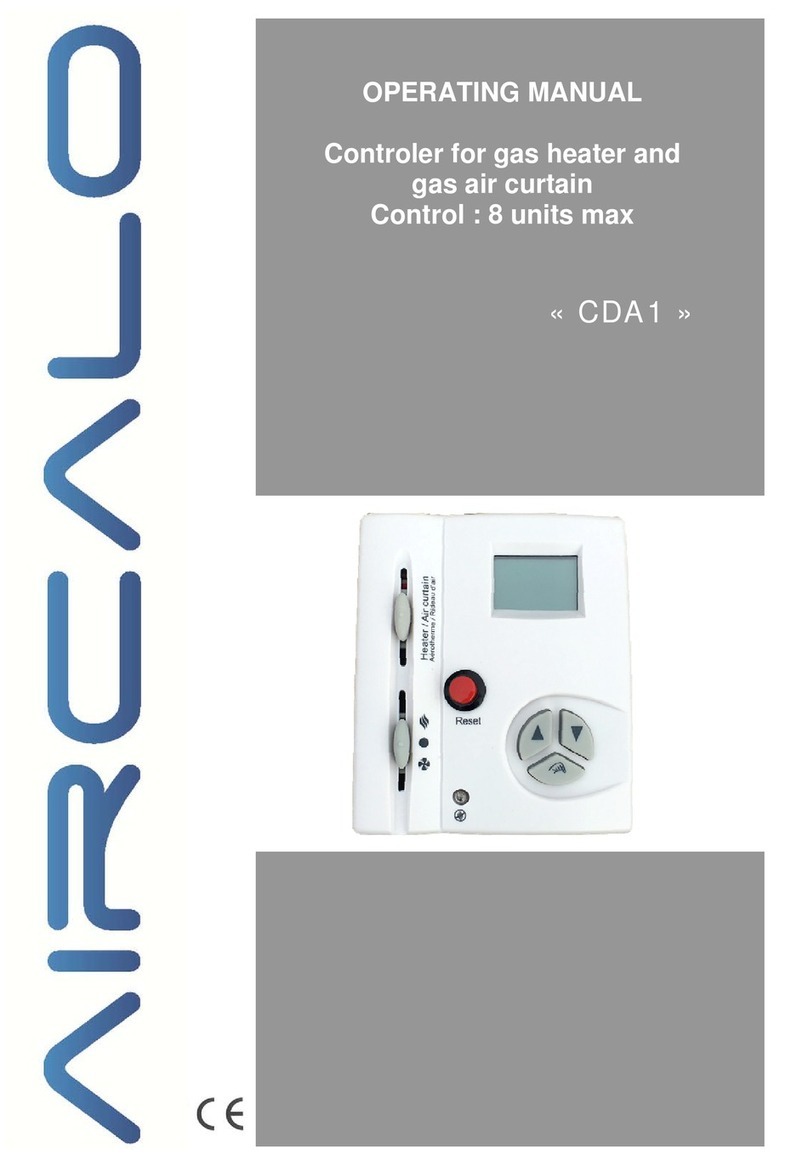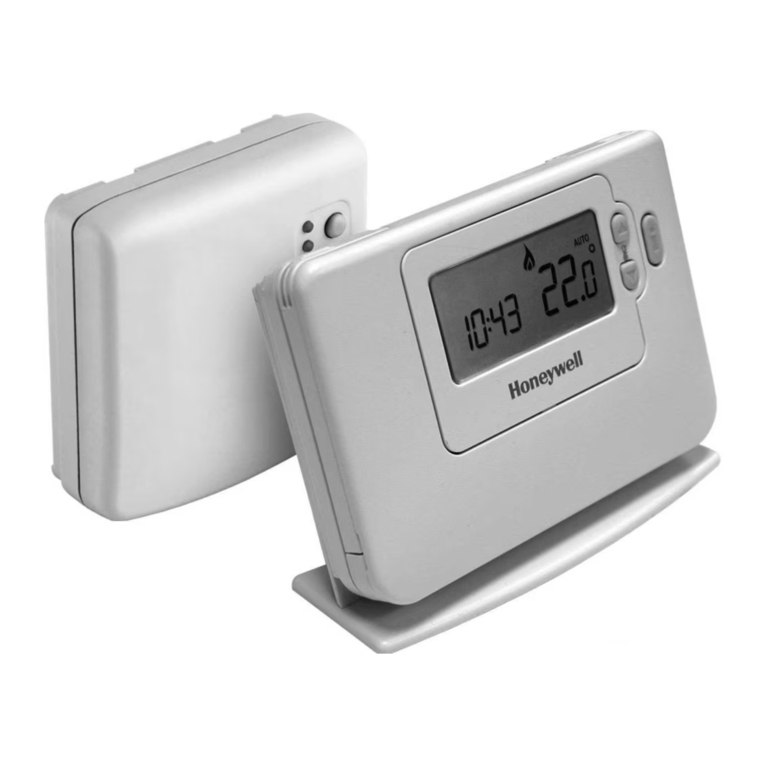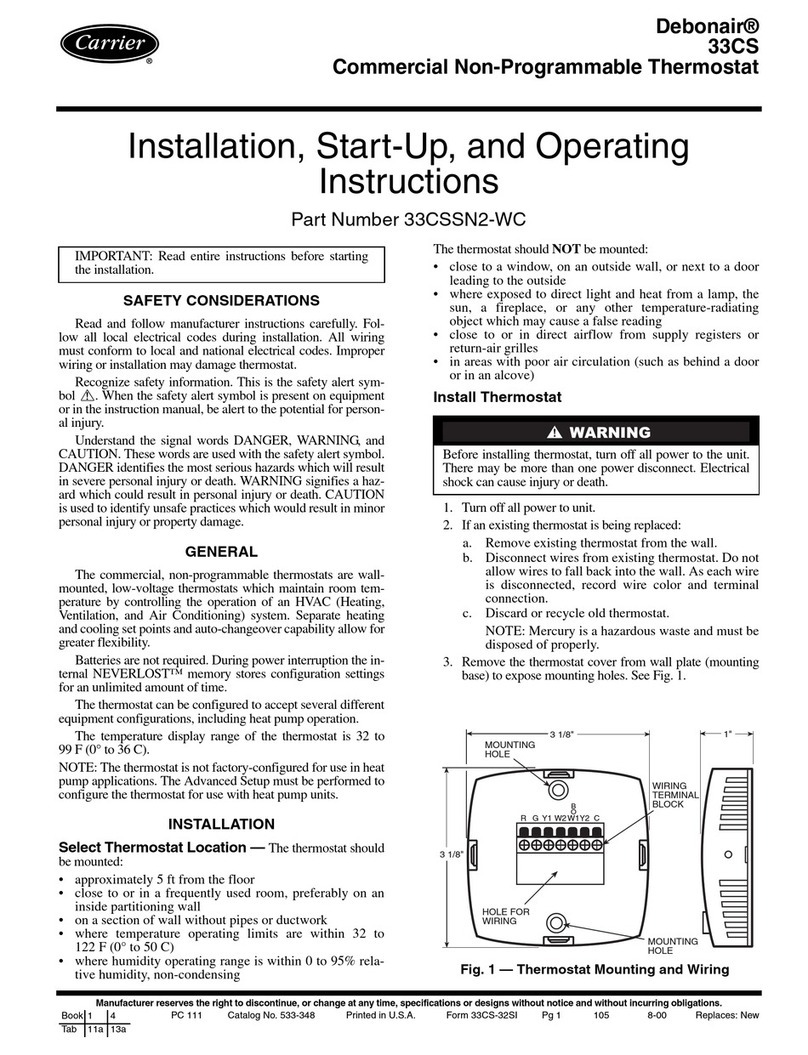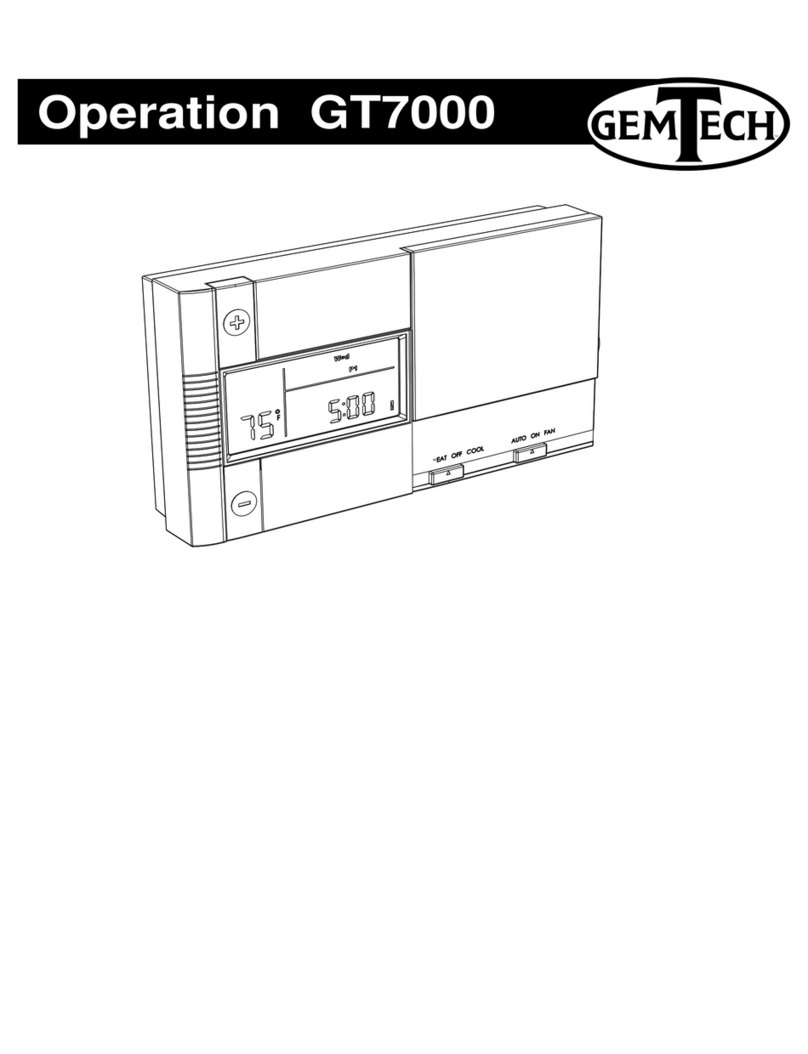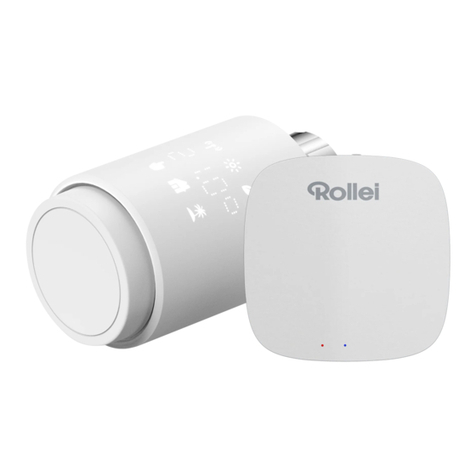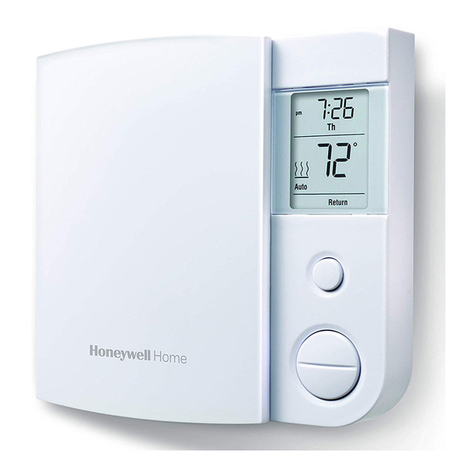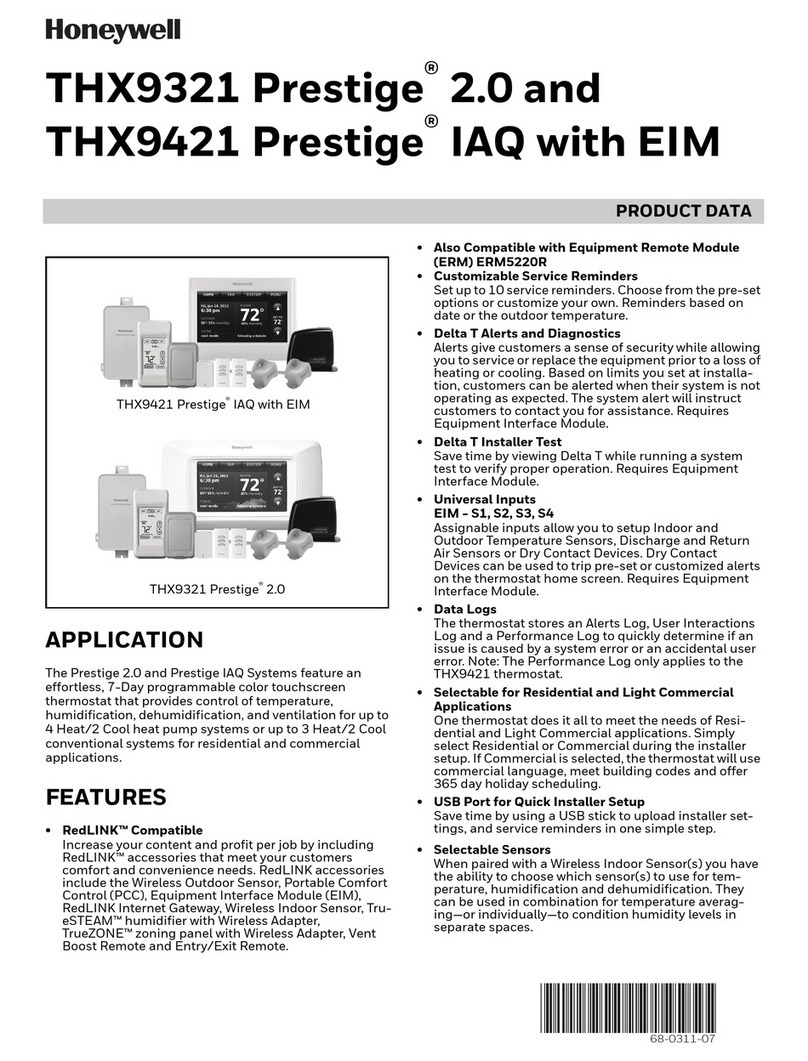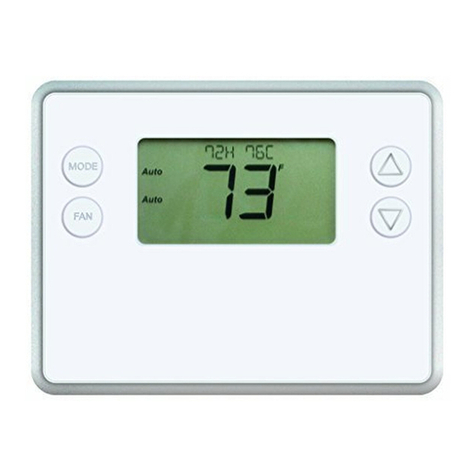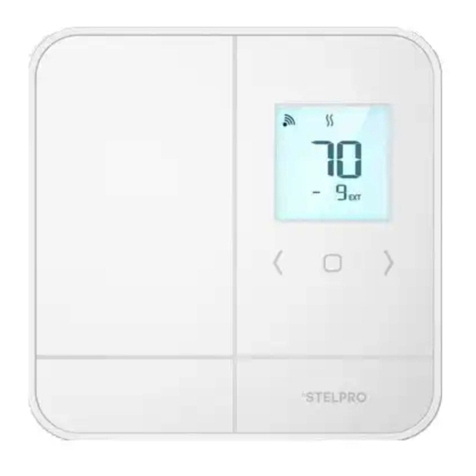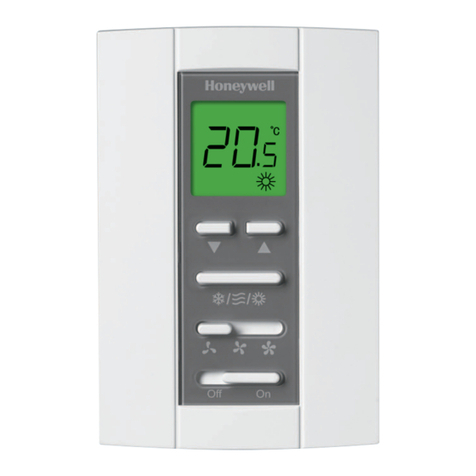HAI RC-100 User manual
Other HAI Thermostat manuals

HAI
HAI Omnistat RC-81 User manual

HAI
HAI RC-100 User manual

HAI
HAI Omnistat2 RC-1000 User manual

HAI
HAI Omnistat RC-120 User manual
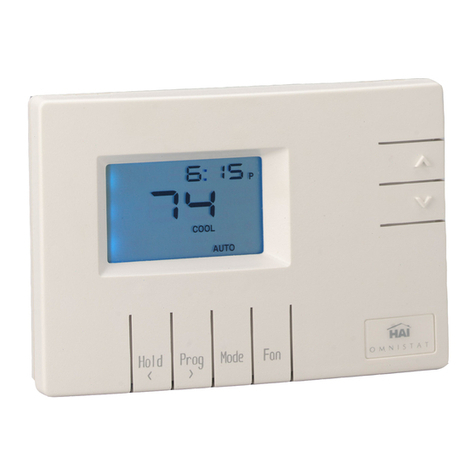
HAI
HAI Omnistat RC-80B User manual

HAI
HAI RC-80 Omnistat User manual

HAI
HAI OMNISTAT RC-122 User manual
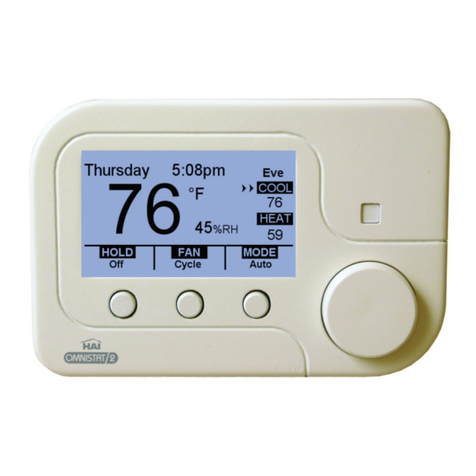
HAI
HAI RC-1000 User manual

HAI
HAI RC-90 User manual
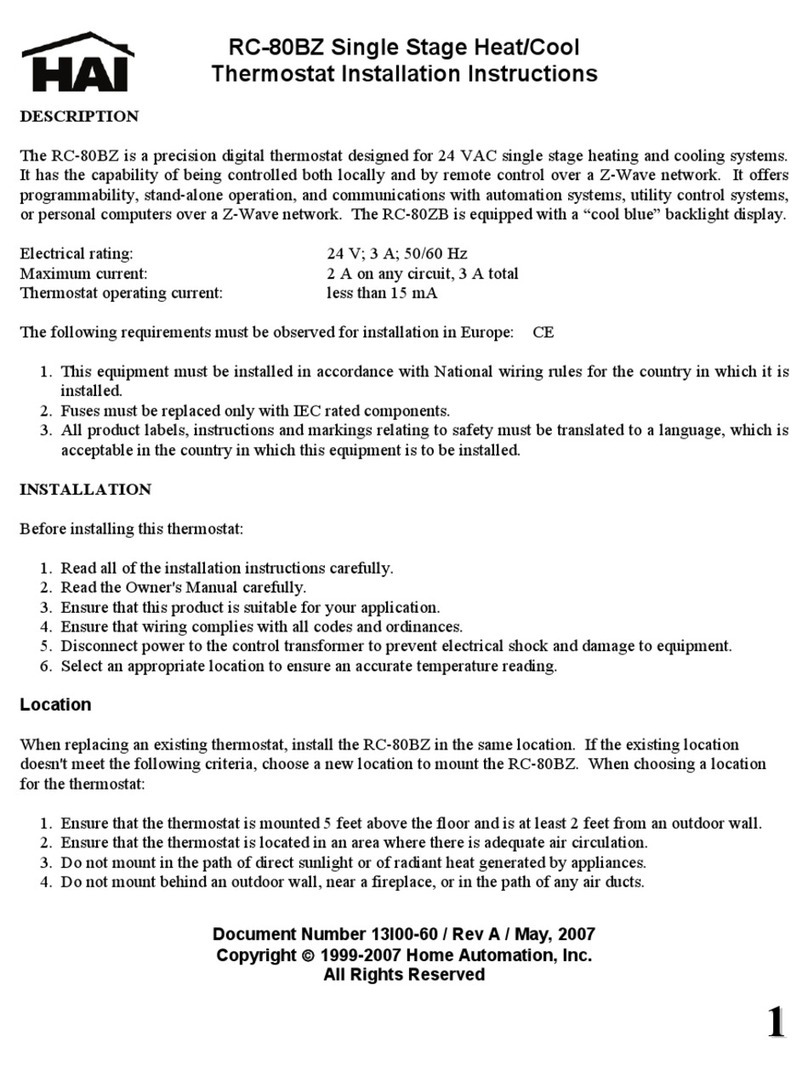
HAI
HAI Omnistat RC-80BZ User manual

HAI
HAI Omistat 2 User manual
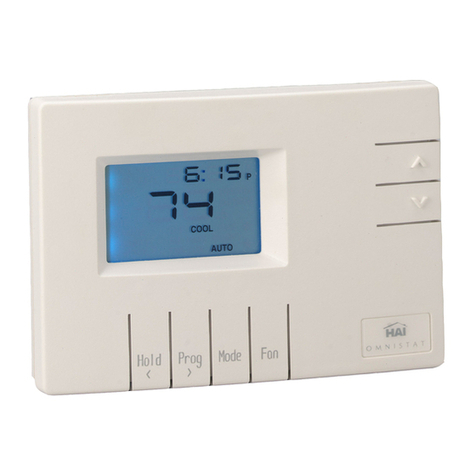
HAI
HAI OMNISTAT RC-112B User manual

HAI
HAI OMNISTAT RC-112 User manual
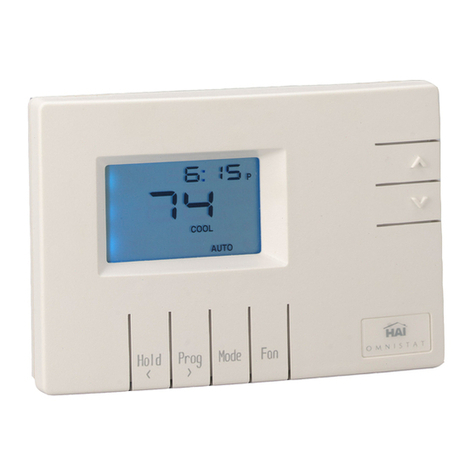
HAI
HAI OMNISTAT RC-112BZ User manual
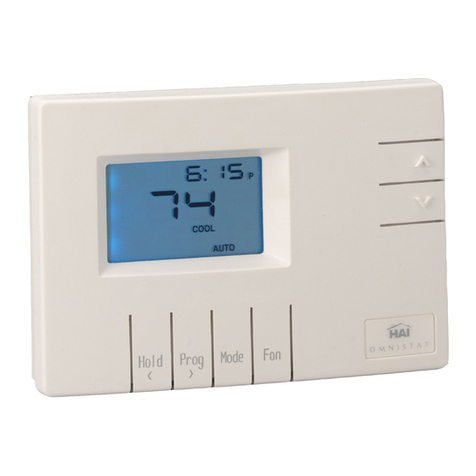
HAI
HAI OMNISTAT RC-122B User manual
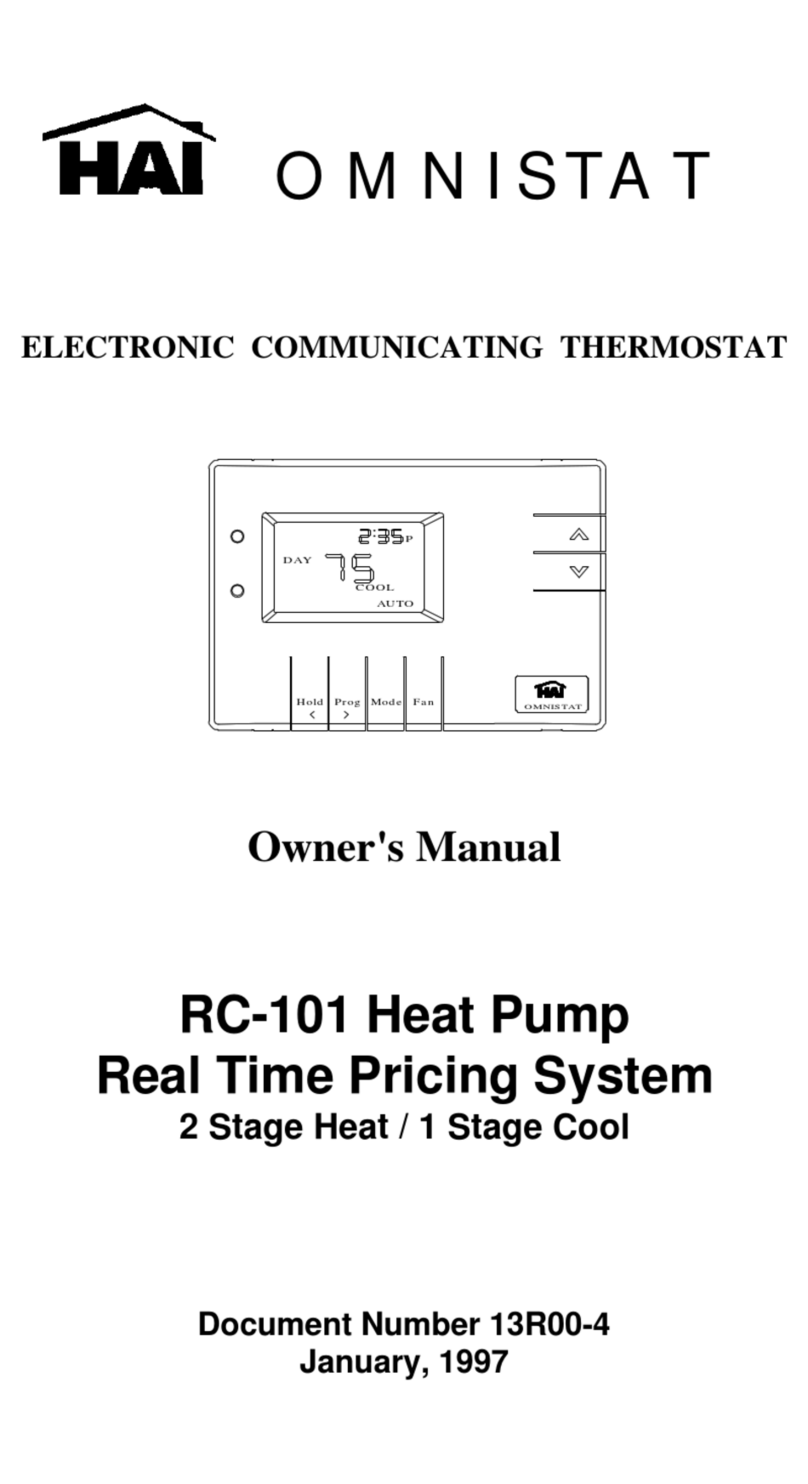
HAI
HAI OMNISTAT RC-101 User manual
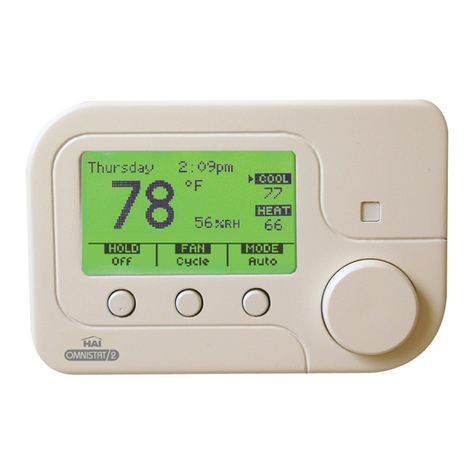
HAI
HAI RC-2000 User manual
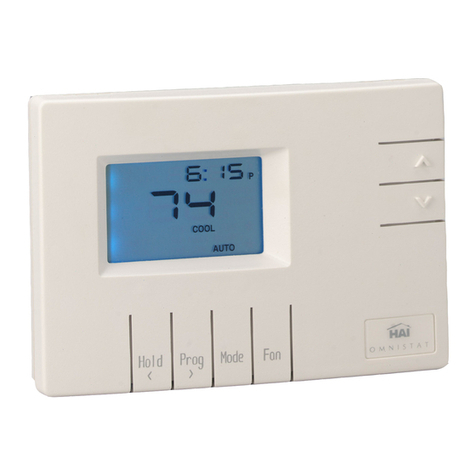
HAI
HAI RC-80 Omnistat User manual

HAI
HAI OMNISTAT RC-122 User manual
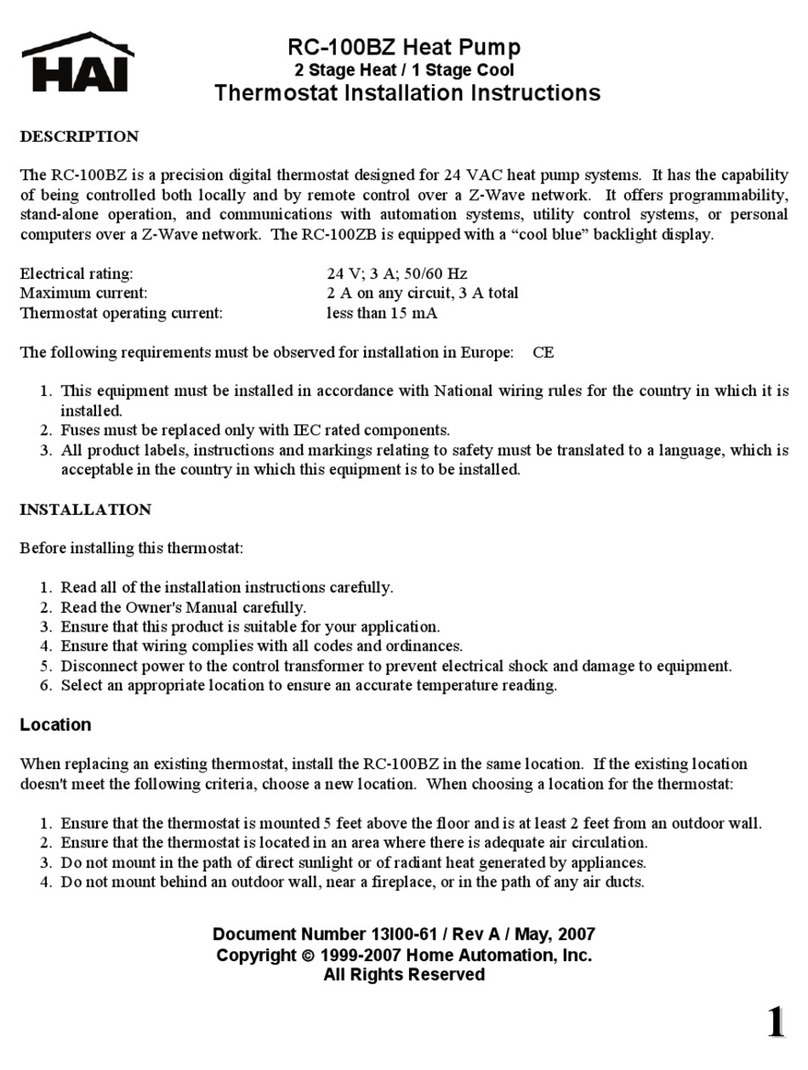
HAI
HAI RC-100BZ User manual











